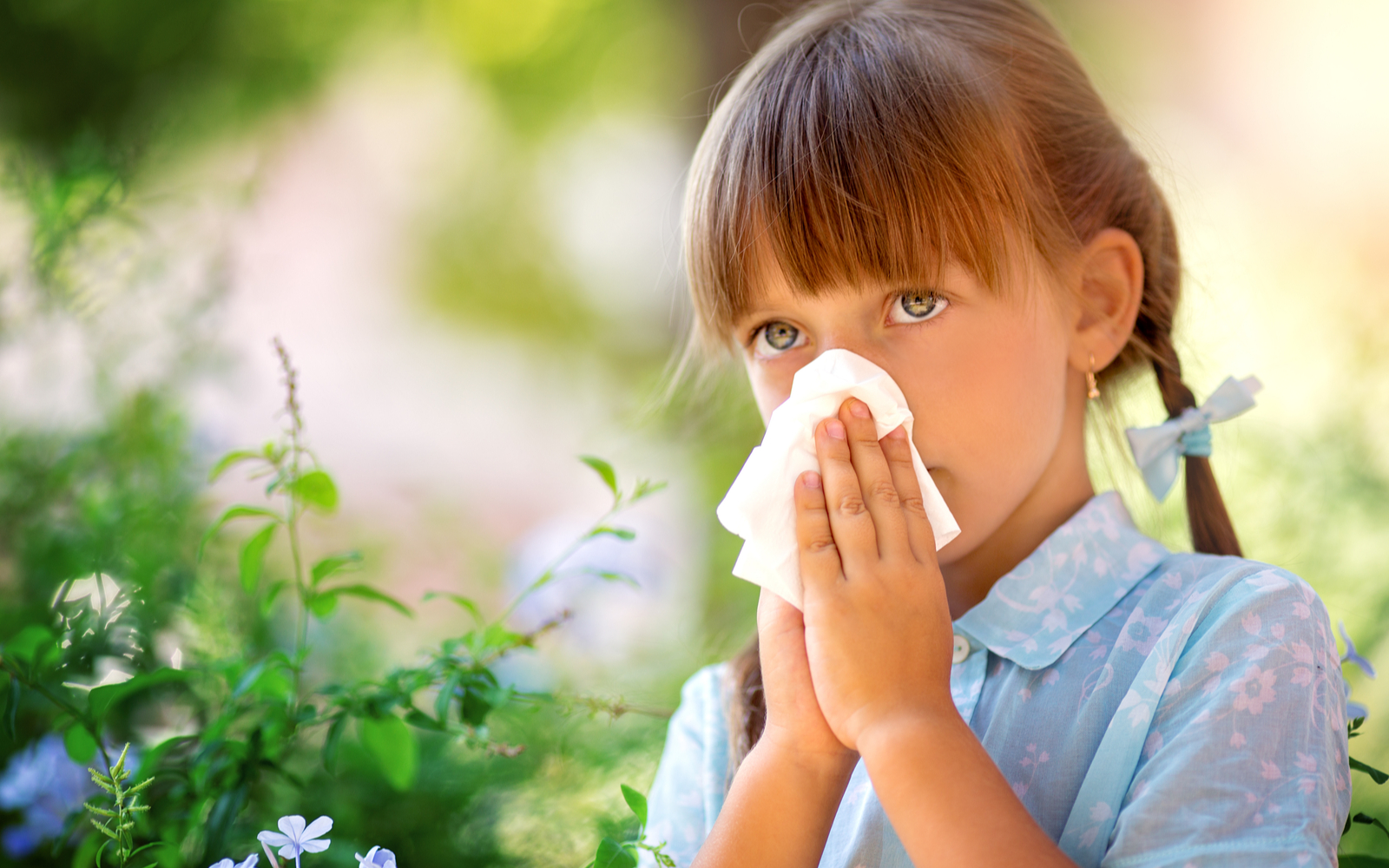Allergy seasons are disastrous for those with allergies, as the early months of February into early summer run rampant on the nasal passages and cause excessive sneezing, runny noses, and itchy eyes. As one of the most common nasal conditions faced today, those with seasonal allergies may be faced with even longer seasons due to the events of climate change. As an allergy and immunology center, our focus as allergists to not only to treat allergy symptoms but help patients prepare for excessive allergy seasons. The onset of climate change has caused drastic changes to our environment, and we’re here to explain how climate change may affect you during allergy season and how you can best prepare for what’s to come.
What Studies Are Saying About Allergies and Climate Change
In many areas, spring causes the trees and plants to pollinate, promoting rapid plant growth throughout a good portion of the year. One of the biggest perpetrators of allergies is ragweed, a type of plant that grows wild, especially along the East Coast and Midwest regions. Ragweed, alongside other trees and plants, tends to thrive in warmer climates with increased rainfall and wind. Allergens exist everywhere, often peaking during morning hours, after rainfall, and on windy, warm days, and for those sensitive to allergies, even the occasional over-the-counter allergy medication won’t be able to resolve the local pollen count.
However, on a global level, pollen counts have been predicted to rise due to the events of climate change over the past decade. With the result of increasing temperatures all-around, allergy seasons have been reported to become longer and more intense. Pollen emissions could begin at least 40 days earlier in the spring, adding an additional 20 days to the overall allergy season. The effects of climate change may now have caused the annual pollen emission each year to increase by 200%, which may result in worse symptoms of pollen-induced respiratory issues. Increased temperatures in the environment have led to trees and plants activating pollen production earlier than historical norms, which in turn has increased the amount of pollen produced, and in turn, affects at least 40% of people in the United States to suffer from allergies longer.
What You Can Do To Prevent Allergies
Keeping yourself protected from seasonal allergies has become more challenging and difficult. As the problems with climate change continue to affect everyone, it’s important to protect yourself from the effects of seasonal allergies, especially as pollen counts increase and allergy seasons become longer. Some tips to help overcome these challenges include:
- Managing Your Home By Cleaning: Regularly cleaning your home, including vacuuming carpets, checking humidity levels inside, washing your bedding, and checking your air conditioning systems, can help reduce the amount of pollen inside your home and keep your home as pollen-free as possible.
- Mow Your Lawn on Low-Allergy Days: If you have a backyard, mowing your lawn on low-allergy days can help lower the amount of pollen spread locally near and around your home.
- Shower After Coming Back Indoors: If you regularly go outside, coming home and taking a shower can help reduce pollen-related symptoms and remove any excess pollen from your body. Washing your clothes can also help reduce pollen-related allergies.
- Keep an Eye on Weather Forecasts: Checking your local allergy forecast can act as a preventative for making your allergies worse and can help you prepare for the day ahead.
If your allergies are so severe that they are impacting your day-to-day activities, then the best thing you can do is schedule an allergy appointment with your allergist as soon as possible for prescription medications and other treatments.


